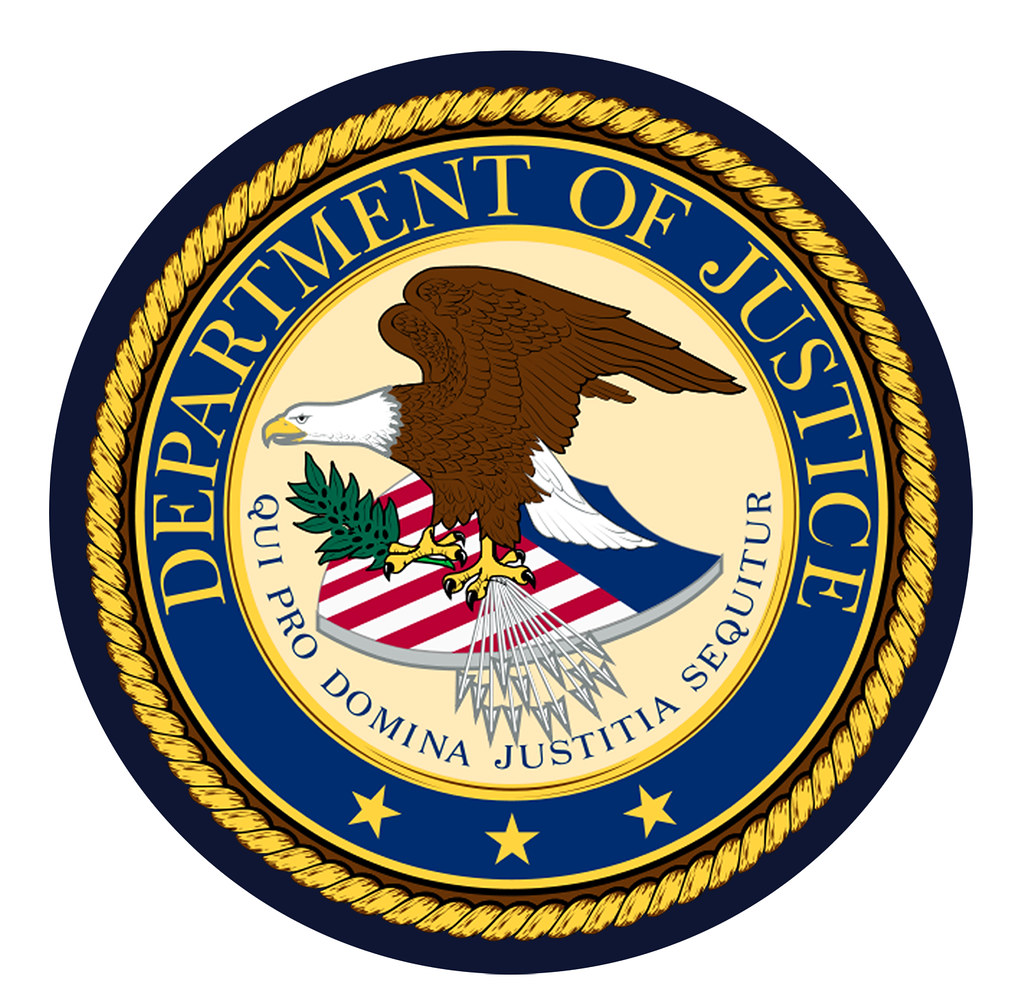Key takeaways:
- DOJ rushed to file a second Comey indictment.
- Grand jurors never saw the revised charging document.
- Prosecutor Lindsey Halligan admitted confusion in court.
- Judges have flagged multiple errors and missteps.
- The Comey indictment remains at risk of dismissal.
On Wednesday, a judge nearly threw out charges against former FBI director James Comey. The reason? A mix-up in how prosecutors handled their case. Legal analyst Lisa Rubin spoke on Morning Joe. She said DOJ officials made matters worse by cutting corners. Their hasty approach now threatens the Comey indictment.
Why the Comey Indictment Faltered
According to Lisa Rubin, the Department of Justice faced a setback when its first effort to charge Comey was rejected. Yet, instead of restarting properly, prosecutors slapped together a new charging document. They never read it to all grand jurors. This step is vital. Every juror must see the exact charges before voting. Because this rule was ignored, the Comey indictment stands on unstable ground.
The Grand Jury Mix-Up
In federal cases, a prosecutor presents evidence and potential charges to a group of jurors. Jurors then vote on whether to send the case to trial. In this situation, the first document had three counts. Jurors liked only two counts, so they rejected the original paper. That meant prosecutors needed to show a new version with just those two counts.
Instead, DOJ officials asked a deputy criminal chief to cut and paste the chosen counts into a fresh document. She ran it by a grand jury coordinator. Then, prosecutors skipped the rest of the jurors and went straight to court with only the foreperson, the deputy foreperson, and Lindsey Halligan. This skip broke a rule found in many case law examples. As a result, the integrity of the Comey indictment is now in doubt.
Rush to Indict
Why the rush? Courts often push for speed to protect evidence. Public pressure can also drive prosecutors to act fast. In high-profile cases like this, delays can fuel criticism. Yet haste can backfire. By bypassing steps, DOJ officials sacrificed solid procedure for speed. Consequently, they lost credibility and risked the entire Comey indictment.
A Confusing Court Hearing
At the hearing, U.S. District Judge Michael Nachmanoff raised eyebrows. He held two charging documents—one with three counts, one with two. Both carried Halligan’s signature. He asked her to explain. She could not clearly say why she signed both papers. This confusion only deepened doubts about the DOJ’s process. A signature should tie a person to a document, yet here it raised more questions.
Lisa Rubin pointed out on Morning Joe that this mix-up is no small hiccup. It highlights deeper issues in how the case moved forward. Legal experts warn that such errors give defense lawyers strong grounds to ask for dismissal. And that is exactly what might happen to the Comey indictment.
What Happens Next
The Comey indictment faces a tough road ahead. Judge Nachmanoff could dismiss the case or demand a fresh grand jury session. If he orders a do-over, DOJ officials must show the correct charging document to all jurors. They must also explain why they skipped this step before. This second chance won’t erase the damage caused by earlier missteps. Defense attorneys will seize every error to defend Comey.
Moreover, public trust in the case has eroded. Any new grand jury might approach the second presentation with extra caution. They could fear further mistakes have been hidden in the rush. Such doubt can taint the process from the start. Therefore, it is vital for the DOJ to correct course quickly and clearly.
Moving Forward
In legal fights, details matter. One overlooked step can unravel an entire prosecution. To rebuild confidence, DOJ leaders need to be open about what went wrong. They should outline how they will fix the problem. Perhaps they will retrain staff and enforce stricter checks. They could also issue a public apology for the confusion. Such transparency can calm critics and reassure jurors.
Prosecutor Lindsey Halligan is under the spotlight. Critics say she should have caught the mix-up before court. Supporters argue she inherited a flawed process. As the saga unfolds, every move she makes will be scrutinized. At the same time, other DOJ officials must answer for their decision to skip standard steps. If they thought speed would win the day, they found the opposite.
This deadline could seal the fate of the Comey indictment. It will teach prosecutors that careful procedure matters more than haste. And it will remind everyone that a single error can topple even a high-profile case.
What You Should Know
This story shows how crucial each step is in a criminal case. Justice relies on process as much as on truth. A single error can threaten the whole effort. Even experienced prosecutors can slip under pressure. That is why checks and balances exist. Judges, jurors, and opposing lawyers all guard the system.
Keep an eye on how the court responds. A dismissal or a do-over will send a clear message. It will show that speed cannot trump fairness. This flawed Comey indictment shows how a single misstep can topple a case.
FAQs
What was the main error in the Comey indictment?
Prosecutors did not show the revised charging document to all grand jurors, breaking a core procedure.
Who highlighted the mistake on Morning Joe?
Legal analyst Lisa Rubin explained how DOJ officials cut corners under pressure.
How did Lindsey Halligan react when questioned?
She seemed confused when asked why her signature appeared on two different indictments.
What are the possible outcomes for the case?
The judge might dismiss the charges or order a new grand jury hearing with correct procedures.

